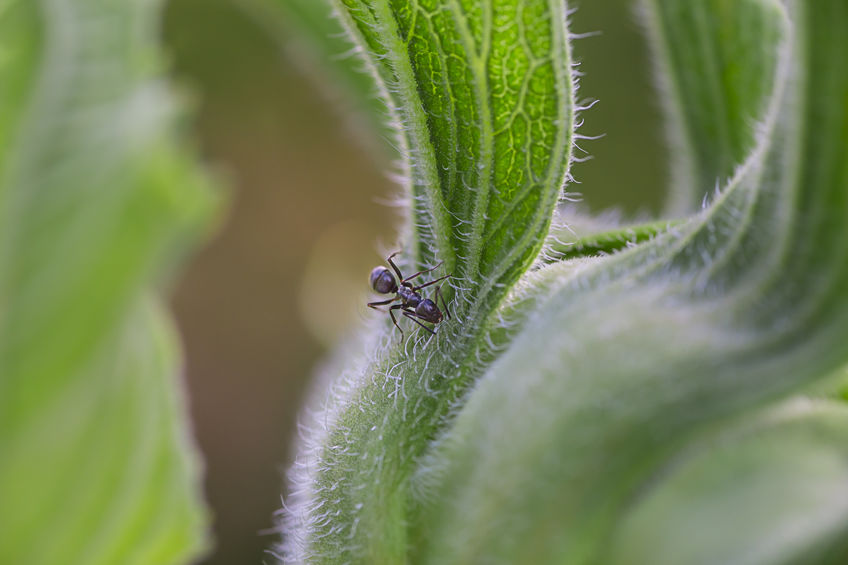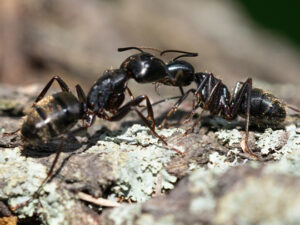
A vast number of ant species have managed to expand their habitat range into multiple continents, and many ant species can be found in nearly all areas of the world. This makes ants among the most successful animal groups that exist in terms of environmental adaptation. However, ants themselves are not solely responsible for their epic spread across the globe; instead, humans are responsible for spreading ants all over the world by means of maritime travel and trade. The global spread of ant species is not generally considered a good thing, as many non-native ant pests have established an invasive habitat in the US. Some of these invasive ant pests, like European fire ants, can be found in upstate New York homes, and will inflict painful stings to humans as well as damage lawn grass in residential and urban areas. However, most ant pest species in upstate New York are natives that do not pose a significant medical threat to residents, but they can become a severe nuisance within homes for multiple reasons. For example, the two ant pest species that are commonly referred to as “odorous house ants” and “citronella ants,” establish stubborn infestations that are difficult to eradicate due to their habit of infesting hard-to-access areas.
Perhaps the worst aspect of these pests are the foul odors that they secrete when disturbed. While both the odorous house ant and the citronella ant are common household pests in upstate New York, citronella ants often enter homes by swarming rather than by foraging on the ground. Reproductive citronella ant swarms usually emerge in upstate New York homes during the summer months, but workers avoid entering homes as they don’t seem to have a taste for human food sources. Citronella ants are subterranean, and their nests are often found located in the soil adjacent to residential houses, making indoor swarms common. These ants also nest below concrete slabs, making colonies difficult to remove from properties. Odorous house ants, on the other hand, will not only invade homes in search of food, but they often establish nests within wall voids and beneath floor-boards, which are issues that can normally be addressed only by a licensed pest control professional. These ants will boldly invade pantries in order to feed on sweet-tasting foods, and they are not shy about pestering humans while eating. While the citronella ant smells just like its common name suggests, odorous house ants secrete defensive chemicals that reportedly smell like rotting food, and this smell tends to permeate the homes that the ant pests infest.
Have you ever smelled a foul odor after stepping on an ant?










